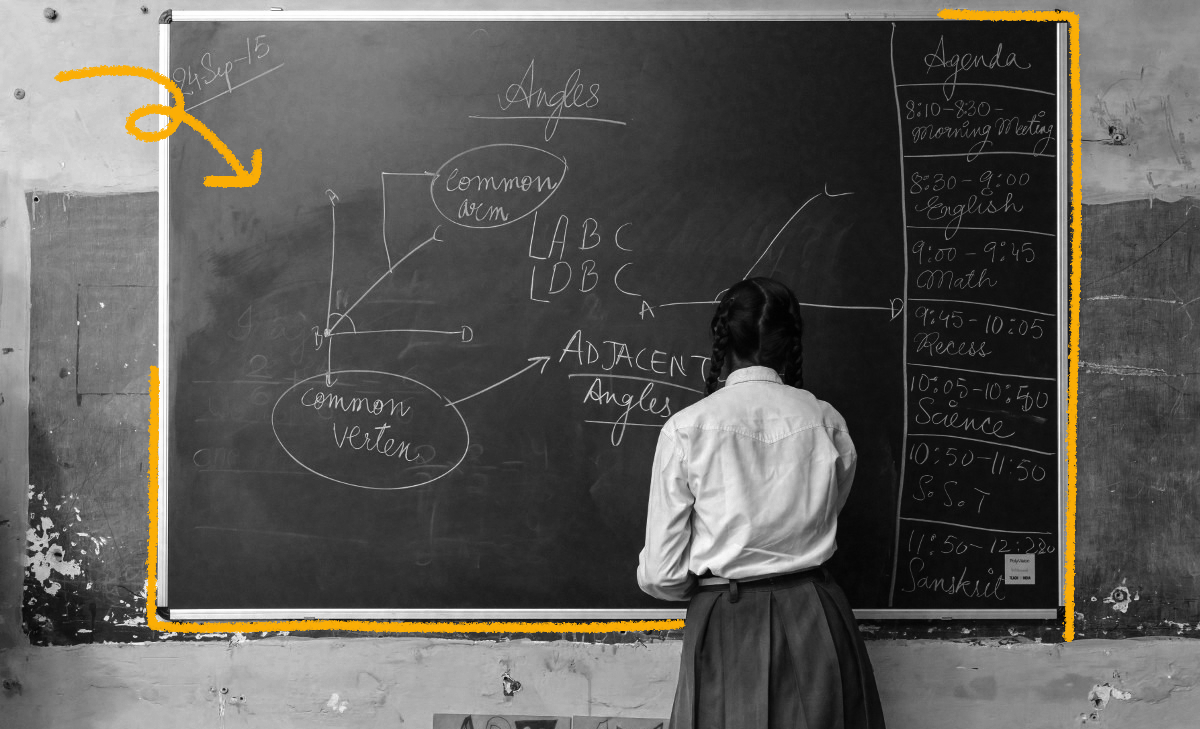The blackboard is a relatively new invention. Erasable slates had been around for centuries, as they provided a cheap and durable substitute for paper and ink. But the first blackboard didn’t come until being until 1800 when James Pillans, headmaster of the Old High School of Edinburgh, connected a number of smaller slates into one large board. In 1801, George Baron, a mathematics instructor at West Point, did the same thing. The use of these makeshift blackboards spread quickly; by 1809, every public school in Philadelphia was using them. By 1840, blackboards were being manufactured commercially. A green porcelain surface was introduced around 1930 in order to cut down on glare; when this green colored surface replaced the old black surface, the word chalkboard came into use. Today, most schools have replaced their chalkboards with whiteboards that use dry erase markers, but for many years the simplicity and durability of blackboards made them a staple in schools.

Your go-to guide for weird history facts
Subscribe to the FREE daily email that makes learning about history fun.


